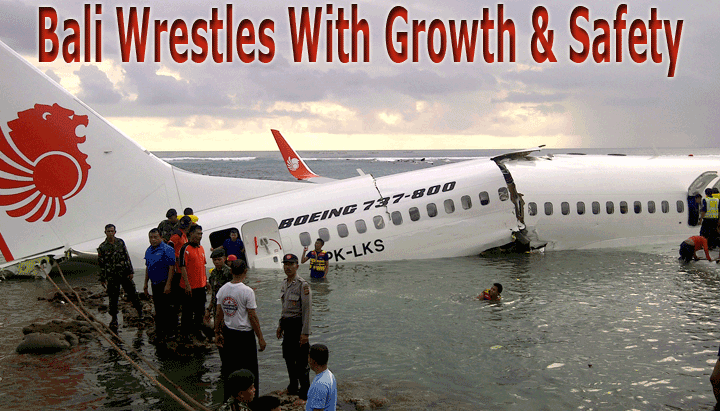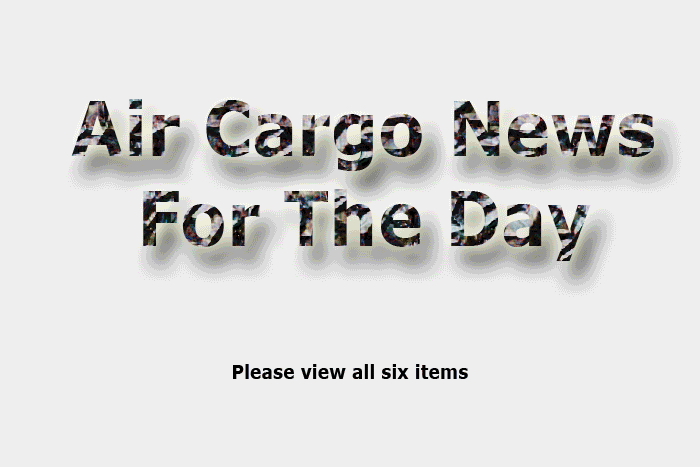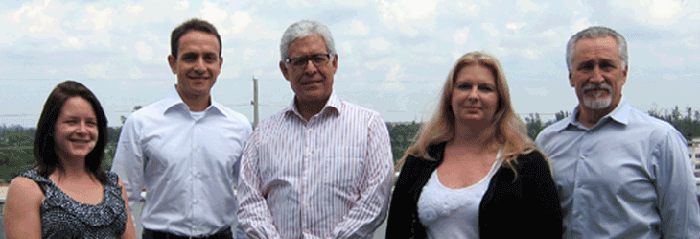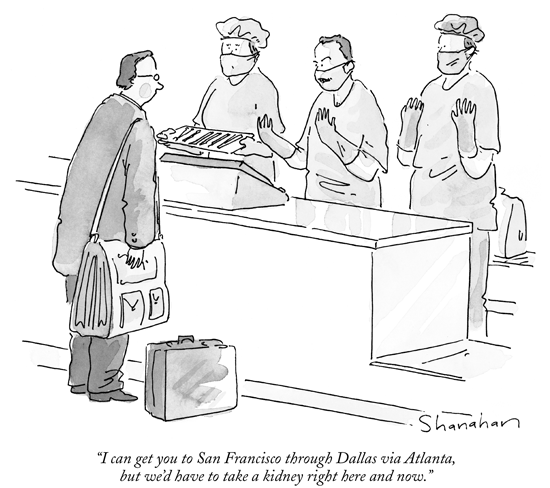| 
 ndonesia’s
unique approach to safety was thrust once more into the spotlight in April
when shocking pictures emerged of a Lion Air Boeing 737 flailing in the
water after crashing on its final approach to Bali’s Ngurah Rai
International Airport. ndonesia’s
unique approach to safety was thrust once more into the spotlight in April
when shocking pictures emerged of a Lion Air Boeing 737 flailing in the
water after crashing on its final approach to Bali’s Ngurah Rai
International Airport.
The good news is that everybody walked away from the wreckage. Carrying
more than 100 passengers and crew, the plane overshot a runway on the
Indonesian resort island of Bali due to pilot error.
A preliminary investigation report
by Indonesia's National Transportation Safety Committee found the 24-year-old
co-pilot, with 1,200 hours flying experience, could not see the runway
upon approach and handed controls to the pilot at an altitude of 150 feet
(45 meters) just moments before the crash.
There is much to admire about Indonesia.
South East Asia’s largest economy is the most populous Muslim-majority
country in the world, but in most parts of the archipelago all sorts of
religious beliefs happily co-exist. Unlike many of its neighbors, it also
has a free press and its democratic processes are thriving, even though
the concept is relatively new—the 31-year kleptocratic reign of
President Suharto only ended in 1998.
FlyingTypers
raises the issue of transport safety because the country’s aviation
sector is rapidly expanding, but Indonesia’s rulers seem unaware
that failure to improve safety systems could seriously damage the country’s
burgeoning international reputation.
Indonesian air traffic has increased
by some 20 percent each year for the last five years and is set to continue
to grow at similar rates. The domestic passenger market is expected to
surpass 200m per year by around 2020 and its cargo markets are also flourishing
as the economy grows.
In March, Lion Air announced another
major expansion when it ordered 234 planes from Airbus for $24 billion.
Merpati and Garuda also have ambitious fleet expansion plans in place,
with Garuda expected to double its fleet to almost 200 aircraft by 2015.
How this expansion will be managed
remains unclear, but what is certain is that the country’s airports,
safety systems, and pilot training programs are in dire need of investment.
As has previously been reported by
FlyingTypers, Indonesia has a serious shortage of experienced pilots and
safety inspectors—with only 200 inspectors covering all 17,000+
islands and a domestic market of more than around 70 million passengers
per annum, for example.
The Bali crash may impact Lion Air’s
attempts to get itself off a European Union safety blacklist. A report
into the incident blamed pilot error. A 24-year-old second-in-command
with 1,200 hours of flying experience was in control during the descent
into the airport, but reported that he could not see the runway 900 feet
above ground. The captain took the controls too late. Investigators ordered
the airline to improve its pilot training program.
It was by no means the first incident
involving the carrier. 24 people were killed in Java in 2004 after a Lion
Air crash. The low-cost carrier also had crashes in 2002 and 2006 and
has skidded on, or over-run, multiple runways over the last decade. Four
of its pilots have also been arrested in recent years for possession of
class ‘A’ drugs.
Lion Air is not the only Indonesian
carrier with a checkered history. In 2007 an Adam Air flight crashed into
the ocean with 102 deaths after pilots accidentally disconnected the autopilot.
A 2005 flight operated by Mandala Airlines crashed in Medan killing 155
people, while a Garuda plane crash-landing in 2007 resulted in 22 deaths.
The list goes on. A Merpati flight crashed in 2008, killing 16, and the
airline was also responsible for another crash in 2001, killing 27. Just
last year a Sukhoi Superjet crashed during an exhibition flight, killing
45 people.
Indonesia’s willingness to sail
close to the wind on safety is not confined to aviation.
Piracy is rampant in many parts of
Africa and Asia and a constant threat to many of the world’s busiest
shipping lanes. Between 2010-2012, seafarer deaths attributed to pirates
totaled 22 worldwide, according to the International Maritime Bureau.
By contrast, nickel ore exports from
Indonesia constitute a negligible amount of annual global trade by sea,
but it is a far bigger killer than pirates. In February yet another bulk
carrier sank after loading the cargo in Indonesia, with the loss of 15
seafarers. That amounts to five ships that have sank and 82 crew that
have lost their lives after loading cargo in Indonesia’s remote
mining ports since late 2010.
The cause of the deaths is the unsafe
loading of the nickel ore, a cargo prone to liquefaction—a chemical
process which can turn some granular commodities with excess moisture
content into a sludge that rapidly destabilizes a vessel, causing it to
sink in a matter of minutes and limiting the time available to crew to
launch life rafts.
Shipping associations report that
cargo surveyors working in Indonesia have been threatened, intimidated,
and harassed when trying to ensure cargo is safe to load. One investigation
into the seafarer deaths talked about multiple other dangerous incidents
on the trade that have gone unreported. Another investigator admitted
that in Indonesia it “may not be possible for an expert to attend
on site due to difficulties, hostility, and a lack of cooperation as experienced
at certain locations in the past.” However, Indonesia has taken
no action to improve safety at its nickel ports in the last four years,
despite all the deaths.
FlyingTypers
hopes this fantastic country does not make the same mistake with its aviation
sector. Unlike
shipping deaths, aviation accidents tend to attract far more global attention,
not least from regulators in the U.S and Europe, markets to which Indonesia’s
airlines desperately need access as they expand their fleets.
SkyKing
|







